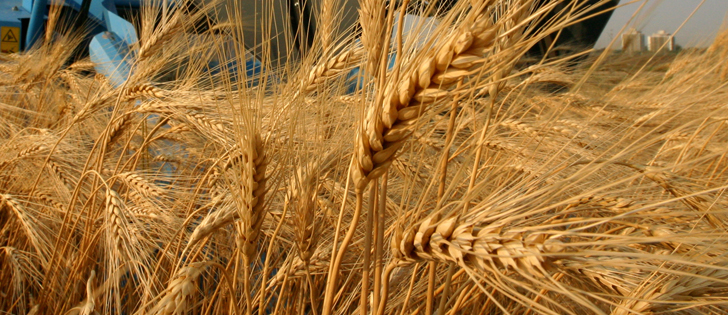The arguments behind Italy’s move to require country-of-origin labelling for pasta are as limp as over-boiled spaghetti.
The label requirement is a protectionist trade barrier and unwelcome when beneficial global trade is under attack on many fronts.
Canada must respond aggressively against the labels because it hurts Canadian farmers and sets a regressive precedent.
The Italian government, under pressure from its farm community and some consumers, has instituted labelling requirements that force processors to label packages with information about the source of the semolina in pasta.
Read Also

Higher farmland taxes for investors could solve two problems
The highest education and health care land tax would be for landlords, including investment companies, with no family ties to the land.
Pasta processors in Italy say it will increase their capital and administrative costs because they have to add bins to segregate the grain.
It raises the potential that Italian millers will try to pay less for Canadian and other durum grown outside Italy.
This is concerning because Italy is usually one of the top export markets for Canadian durum.
The new labels are a coup for Italian farmers who reject the Canada-European Union Comprehensive Economic and Trade Agreement, fearing it will threaten their livelihoods.
CETA would phase out over seven years European tariffs on Canadian wheat and durum. Until now, the EU has had a variable import levy system on durum, with a maximum duty of 148 euros per tonne, which at current exchange rates is C$217.
Without this restriction, Italian pasta makers might import even more Canadian durum.
Italian farmers demonstrated near the Italian parliament in Rome early in July, arguing that consumers reject the production practices common in Canada. The farmers’ protest did not derail CETA, but they have had success with the labelling law.
Agriculture Minister Maurizio Martina boasted that Italy was on the forefront of using labelling as a competitive tool.
However, there are good reasons why governments should limit their involvement in labelling to information important for health and safety. Any other use creates false economies, unfair advantages and inefficiencies that hurt us all.
Labelling should be voluntary and left to the marketplace. A processor can accept the cost of a verifiable attribute — say fair trade or locally sourced — and label their product to market it to people willing to pay the extra cost of getting the attribute they desire. Consumers who do not put an extra value on that attribute do not have to buy it.
The costs of voluntary labelling move up to consumers, not down to raw product suppliers. With mandatory labelling, the costs are mostly at the producer and manufacturer level.
That was certainly the case in the United States with its mandatory meat labelling law. Studies by economists at the University of Kansas and University of Missouri using economic modelling showed billions in added costs but almost no change in consumer buying trends.
Italian farmers have never supplied all the country’s durum needs. Currently they supply 60 to 70 percent. The imported durum helps the country’s world leading pasta export business.
The real effects of mandatory labelling are increased costs for Italian pasta manufacturers, making them less competitive on the international market and putting Italians out of work.
Canada must use every tool at its disposal to show the Italian government the folly of mandatory labels.
Bruce Dyck, Barb Glen, Brian MacLeod, D’Arce McMillan and Michael Raine collaborate in the writing of Western Producer editorials.















